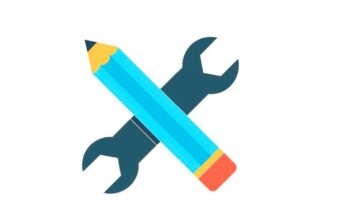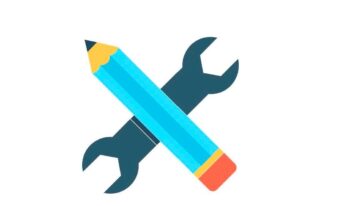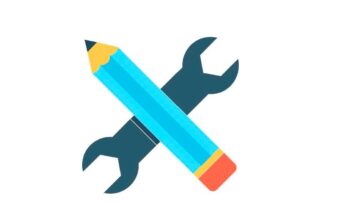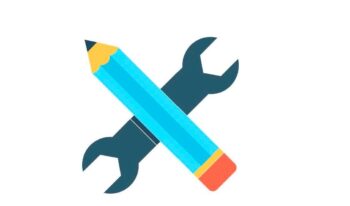QUICK LINKS
1.1.1 Project introductions
1.1.2 Relationship building and understanding the local context
1.1.3 Gauge interest and motivation for improving animal welfare

When initiating any community engagement project, it is important to begin building rapport with the local community where you desire to work. Listen and observe more than talking about the project’s interests and aspirations in terms of animal welfare in these early days, and demonstrate genuine interest in community members, their lives, and what is important to them both generally and in term
ATTENTION!
During this period, which may take up to three months, it is important that no education or intervention activities are conducted because:
1. An intervention started without knowledge of local context, animal owning community, their behaviours and practices is likely to be poorly informed, and unlikely to be appropriate or result in desired animal welfare improvements.
2. An intervention started without a genuine rapport with and understanding of the community is likely to be viewed with mistrust.
1.1.1 Project introductions
It is helpful to begin by initiating contact and building rapport with stakeholders already established within the locale, especially those who may already be working with the animal owning community (e.g. governmental bodies, organizations, local community groups like farmers’ associations, self-help groups, and animal service providers). They are usually a useful point of introductions to the community and can provide you with useful insights about the local context and community, as well as how best to engage members of the animal owning community in your project. Introduce yourself as a field worker from an organization that is interested in supporting and organizing community-based groups to work towards sustainable improvement in animal welfare. Hold meetings with village leaders and talk with all interested individuals, including schoolteachers, religious leaders, and anyone else who can support you from the beginning to organize the community.
1.1.2 Relationship building and understanding the local context
Before beginning to facilitate any specific welfare intervention, it is important to first get a feel for the important issues which might have far-reaching effects on the welfare of their animals. The following activities are helpful to building rapport and getting to know the animal-owning community during the initiation phase of the project.
- Ask people about their lives, their problems, local culture, and habits. Get different men’s and women’s daily routines and motivations and gain an understanding the local context and community dynamics, including gender roles and power dynamics.
- Strengthen contact with animal owning households, including owners and carers, men, women, and children who may have important roles and responsibilities in the lives of their animals.
- Take part in daily or regular activities with people and attend important events at the invitation of the community, such as ceremonies, funerals or celebrations. This will bring you closer with members of the animal owning community, as well as help you understand the community. This is particularly helpful to gaining insights on community dynamics and power relations.
- Identify and talk with local veterinary and animal health and resource service providers, and anyone else who works with animals, directly or indirectly.
- Visit village shops and meeting places for informal discussions.
- Take time to observe and understand how people behave with their animals, as well as how they treat each other, work together or do not, which resources and services they may rely on, as well as the condition of their animals and related animal welfare issues.
Ask people who they think are good leaders and respected in terms of their care and management of their animals. Spend time getting to know these individuals and their practices and interests in terms of promoting animal welfare, and where they are at in terms of their own stages of behavioural change. Through this process you may be able to start to identify who may be interested in working together and potential good candidates as change agents.
1.1.3 Gauge interest and motivation for improving animal welfare
During the rapport building phase, hold introductory community gatherings or informal meetings where you introduce your organization/project and its mission in a transparent, ideally fun and engaging way that is appropriate to the local context, without overselling what your organization/project can offer. It is helpful to provide insights on your organization’s experience, interests, and goals for collaborating with the community to improve animal welfare. Consider showcasing examples from previous work with communities, perhaps using visual media or inviting community members from other project areas, to highlight benefits which accrued to the communities and their animals because of working with your organisation can be helpful to generating interest in the project. If you are undertaking this approach with the Community Development Approach, consider inviting animal welfare champions from existing community-based organizations to share their experiences about making animal welfare improvements.
It is helpful to organize community meetings or focus group discussions, with different stakeholders separately such as men, women and other potentially vulnerable groups. Give them an opportunity to learn about the project and your interest in collaborating with them to design and implement an animal welfare improvement project, and introduce your ways of working [67]. This is an opportunity for you to learn about different groups’ interests and motivations in relation to improving their animals’ welfare as well as gauge their general level of awareness of issues. During these sessions:
- Ask what their animal welfare concerns and priorities are.
- Ask about when best and how best to engage members of the animal owning community and record the names and any contact information available for individuals expressing an interest of being involved with the project.
- Ask about who they perceive could be potential champions of animal welfare and respected potential agents of change within the animal owning community. It is important to be transparent about the project’s desired change agent selection criteria, including protocols for ensuring equal or proportional representation of any potentially disadvantaged or vulnerable groups (e.g. women, minority or disadvantaged classes or castes), and encourage considerations inclusive of all members of the animal owning community.
- Observe and take note of any individuals expressing a genuine interest in the project and animal welfare and seem ready for change.




